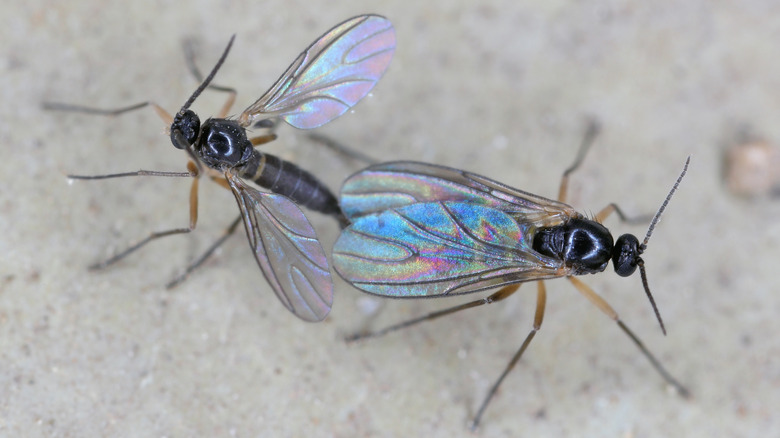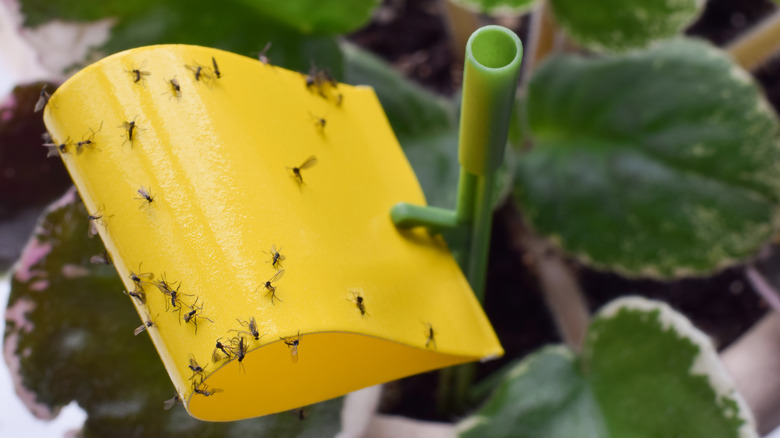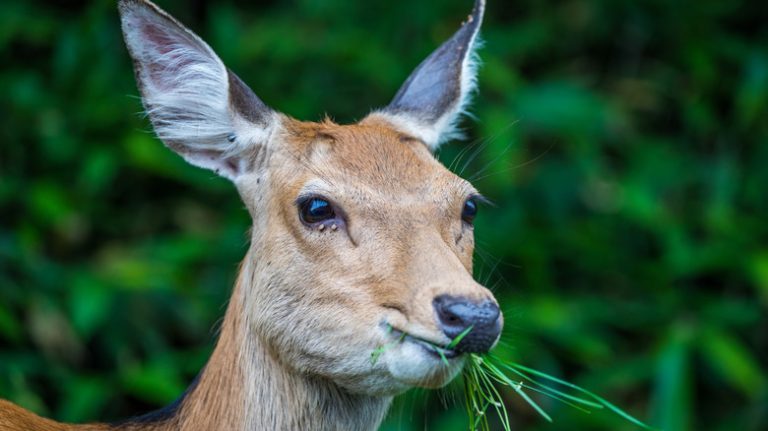
We may receive a commission on purchases made from links.
Gnats are among the most bothersome flying insects, often buzzing around your face despite attempts to swat them away. There are several varieties, including sand flies found in tropical areas, drain flies breeding in sinks, and midges resembling mosquitoes. One particular gnat that thrives in moist soil is the fungus gnat.
Due to their small size, fungus gnats resemble delicate black flies and can easily be mistaken for mosquitoes at first glance. The adults lay eggs in moist soil or organic debris, with larvae developing through four stages before becoming pupae and then adults. Typically, they grow to about 1/16 to 1/8 inch long and have clear to gray wings. Their segmented antennae are longer than their heads, setting them apart from shore flies, which have shorter antennae but inhabit similar environments like potted plants, greenhouses, and nurseries.
Adult fungus gnats are mainly known for being a nuisance and their attraction to light, often seen flying around windows if they enter your home. However, the larvae present a different issue. Appearing as small clear-to-white worms, they feed on compost, leaf mold, grass clippings, mulch, and even plant roots, making it essential to eliminate them quickly.
How do you get rid of fungus gnats?

Surprisingly, eliminating fungus gnats is as straightforward as their invasion of houseplants. You have several options. One method is to water your plants from the bottom instead of the top, keeping most soil dry and deterring these insects from laying eggs. However, this might not suit water-demanding plants like ferns. Another method is placing gravel or coarse sand on top of the soil to remove organic matter that attracts fungus gnats, though this isn’t always effective.
A third (and perhaps best) option combines pest-killing bacteria with sticky traps. The bacteria, Bacillus thuringiensis israelensis, is available in a concentrated liquid like MICROBE-LIFT BMC2, which you add to water before watering your plants. Approved for organic farming and non-toxic, this natural soil bacteria can kill fungus gnats and other pests, including mosquitoes. After treating the soil, add sticky traps like LFSYS Sticky Trapz to capture adult insects, preventing them from laying more eggs and allowing for their disposal.
Once you eliminate the fungus gnats, minimizing soil moisture can help prevent their return. Use well-draining pots and potting mix, avoid soil mixes with excessive organic matter, and store extra soil off the ground in closed containers.






